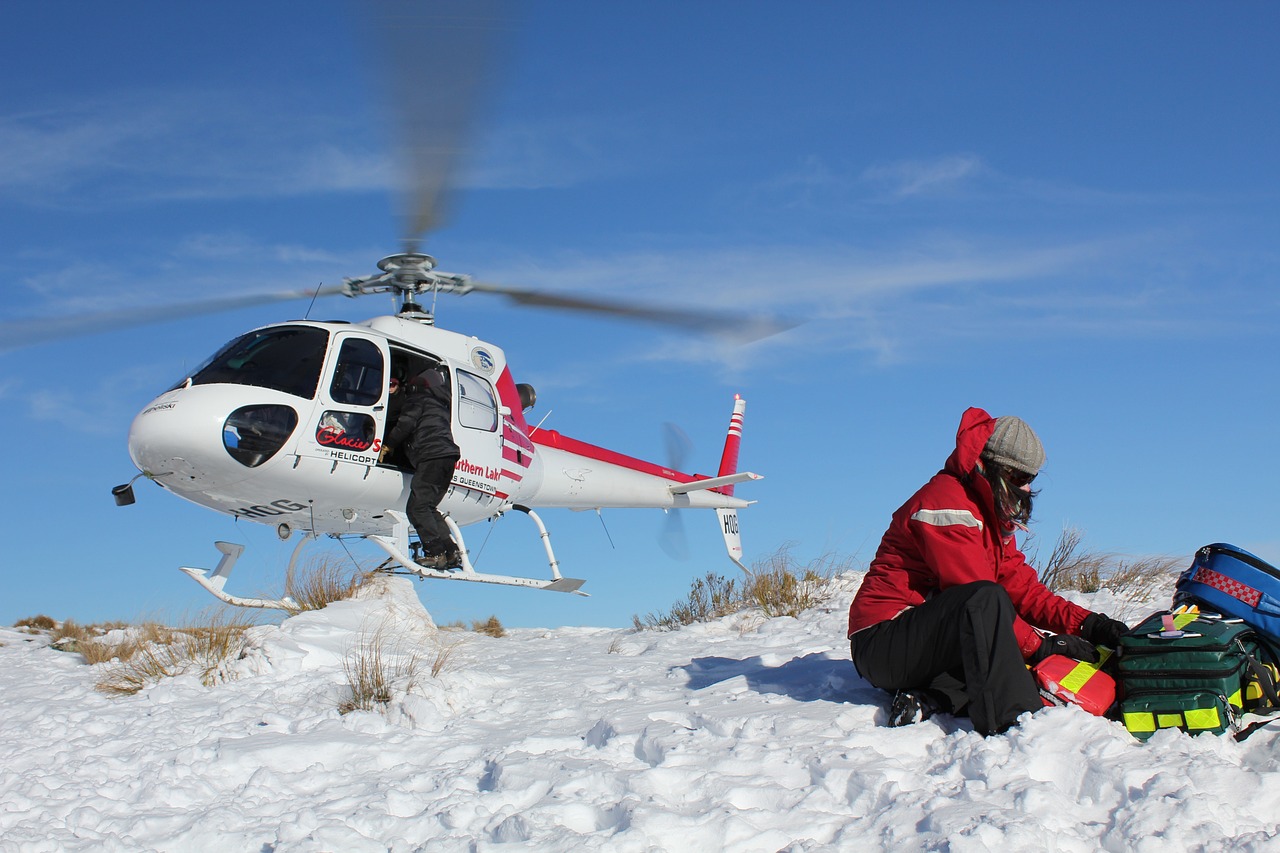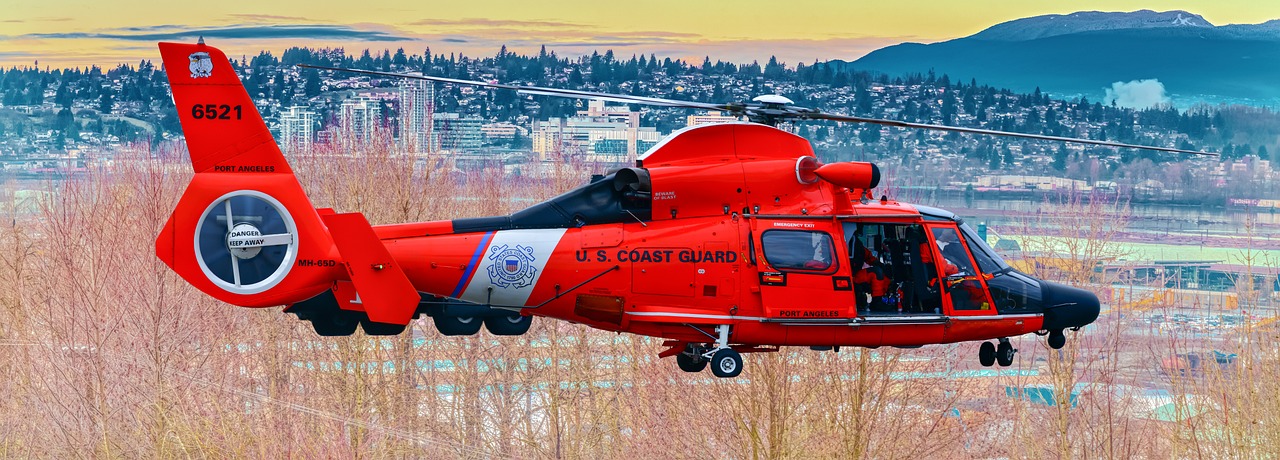More Modes Of Transport

Air Ambulance and Rail Medical Transportation
Long distance medical transportation covers an array of transportation services including road or on-ground transportation, rail transportation service and air ambulance. The air ambulance service offers the quickest way to transport a critically ill patient to another healthcare facility. Most Air ambulance services cover domestic and long distance international routes.
These air rescue services are particularly ideal for patients who require urgent care. The staff in such mission’s includes doctors, respiratory therapists, critical care paramedics, registered nurses and pediatric specialists. Patients who require long distance air ambulance service can choose from a list of aircraft options, the company has on offer.
Some of the most popular medical aircraft options include Gulfstream jets, Learjet, Turboprop planes such as King Air and twin engine Cessna’s planes. A medical transportation plane is typically equipped with life support equipment’s designed to assist the patients who need critical care.
Long distance air ambulance is, however, not suitable to transport patients in labor, patients with unstable vital signs and patients who have just had a heart surgery. The ideal candidates for an air ambulance service are patients suffering from behavioral health disorders, orthopedic injuries, minor ambulatory issues and those with neurological injuries.
When you are choosing an air ambulance service company, it is very important to confirm your checklist of requirements. The list should include; all flight arrangements, a thorough assessment of the patient to determine if they are fit to fly and ground travel arrangements at the point of landing.
The other priority areas include medical care arrangements during flight and post-trip medical communication and assessment. The other viable option of transporting a sick patient over long distances is via rail. Patients who travel via a rail service like Amtrak are usually accompanied by a qualified member of the medical team. Transportation by rail is generally less expensive compared to air ambulance transportation services.
Train travel arrangements such as medication, mobility, meals and hygiene are usually provided by a travelling medical escort assistant in conjunction with the patient transport specialist, who is seconded by the coordinating company. Long distance medical train transportation and escort service typically requires an advanced planning of up to 10 days prior to the travel date; this will help you overcome numerous logistical and scheduling factors.
A patient who travels by train should ideally not require a ventilator, tracheotomy or continuous oxygen therapy. The patient should also be able to withstand a 2 to 4 day long distant trip, be able to lie down with a pillow and be able to walk with a cane or walker independently for a short distance. The patients recommended for long distance medical train travel include those with behavioral health disorders, minor ambulatory issues, neurological injuries and orthopedic injuries. Before traveling by train it is important to make sure that communication is made in good time and all the itinerary details are in place.


